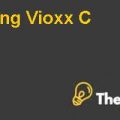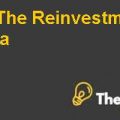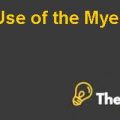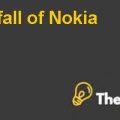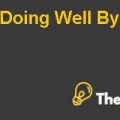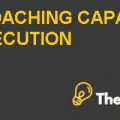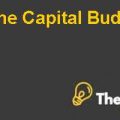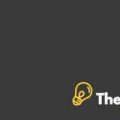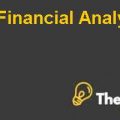
Q3 - What would happen with a 100% hedge with forwards? A 100% hedge with options? Use the Final Sales volume of 25,000 and analyze the possible outcomes relative to the ‘zero impact’ scenario described in the case?
Forward contracts and options are the financial instruments that are used by the companies to hedge their risks in terms of currency exposure or to reduce their risks. The American Institute for Foreign Study can choose either one of them, forward contract, put option or the combination of these two instruments in terms of various proportions. To cover the cost, AIFS needs Euro by using the put options which gives company the right to sell or forward contract to buy Euros in near future for hedging purposes. Further analysis was made on the basis of 100 percent usage of forwards contract or 100 percent usage of options to hedge currency risks. In this analysis the consideration were made on two variables, in which one is the exchange rates fluctuation that are in between of USD 1.01/Euro, USD 1.22/Euro or USD 1.48/Euro and other is the sales volume that has been predicted to be 25,000.
a) 100% hedging using the forward contracts:
By using the 100% forward contract, the future spot price that would be equal to the forward price of USD 1.22/Euro, there will be no loss and no profit. On the other hand if the future spot price is equal to USD 1.48/Euro, the company would get the benefit in terms of increased revenues. This benefit is the difference between the USD 1.22/Euro and the USD 1.48/Euro which incorporates the total gain amounted as USD 6.5million. If the future price of USD / Euro is equal to the 1.01 than company losses the differential amount between the USD 1.22/Euro and USD 1.01/Euro. As results, it can be concluded that if USD appreciates than, the company would incur losses and if the USD depreciates than, company would enjoy the gain.
b) 100% hedging using the forward contracts:
An Option “financial instrument” gives the right to buy or sell the underlying value of stock. It is not the obligatory instrument. In option, Put option is giving the right to sell the underlying valued assets, to sell a specified amount of local currency for foreign currency on exchange rate that has already been determined known as strike price.
With respect to the case of AIFS, if it hedges 100 percent and the strike price is same as the future spot price, it would not bring any loss or any gain. Only the cost that would be incurred in this way is the option premium price. If the exercise price is lower than the spot price than, AIFS should not go for exercising the option but if the exercise price is higher than the spot price than, AIFS should exercise the option. It can be concluded that, whatever the exercise price would be for the exchange rates, the company has to pay the premium on it but should not incur the loss more than the premium. On the other hand it can enjoy the large amount of profits from the option hedging strategy if it is fully utilized.
c) Using mix of Forward contract and Options
In this scenario, the total cost by using the 50% of forward contract and 50% of option would incorporate the similar payoff or Zero impact under every proportion of dollar denomination. If dollar strengthen to USD 1.01/Euro than the company will incur loss using the full forward contract and will gain the similar amount by exchanging the remaining amount at future spot rate. If USD exchange rates depreciates by USD 1.48/Euro than loss would be offset by the gain using the forward contracts. At final sale volume of 25,000, the viable solution is to reduce the risk of 50% hedging for the cost only by using the forward contracts. If company wanted to gain the maximum profit than company must speculate by entering into foreign market.
Q4 - What happens if sales volumes are lower or higher than expected as outlined at the end of the case?
American Institute for the Foreign Study’s risk analyst also incorporates the changes in the sales volume. Analyst suggests two scenarios; either sale volume will go up to 30,000 or will decline at 10,000 this incorporate the hedging cost accordingly...................................
This is just a sample partial case solution. Please place the order on the website to order your own originally done case solution.


